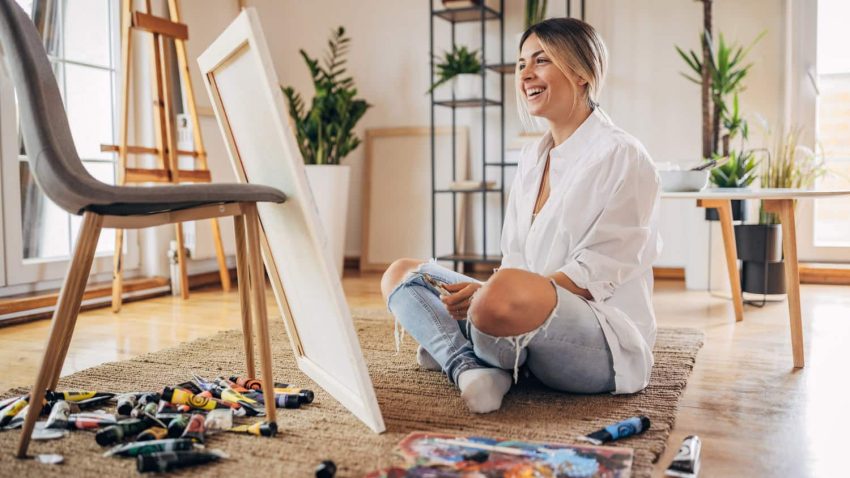How to get wall paint out of carpet? Accidental spills happen, and when it comes to wall paint on your carpet, it can seem like a daunting task to clean up. However, with the right techniques and tools, you can effectively remove wall paint from carpet fibers without causing damage. In this comprehensive guide, we will explore various methods for safely and efficiently removing wall paint from carpet, providing step-by-step instructions and helpful tips to restore your carpet to its original condition.
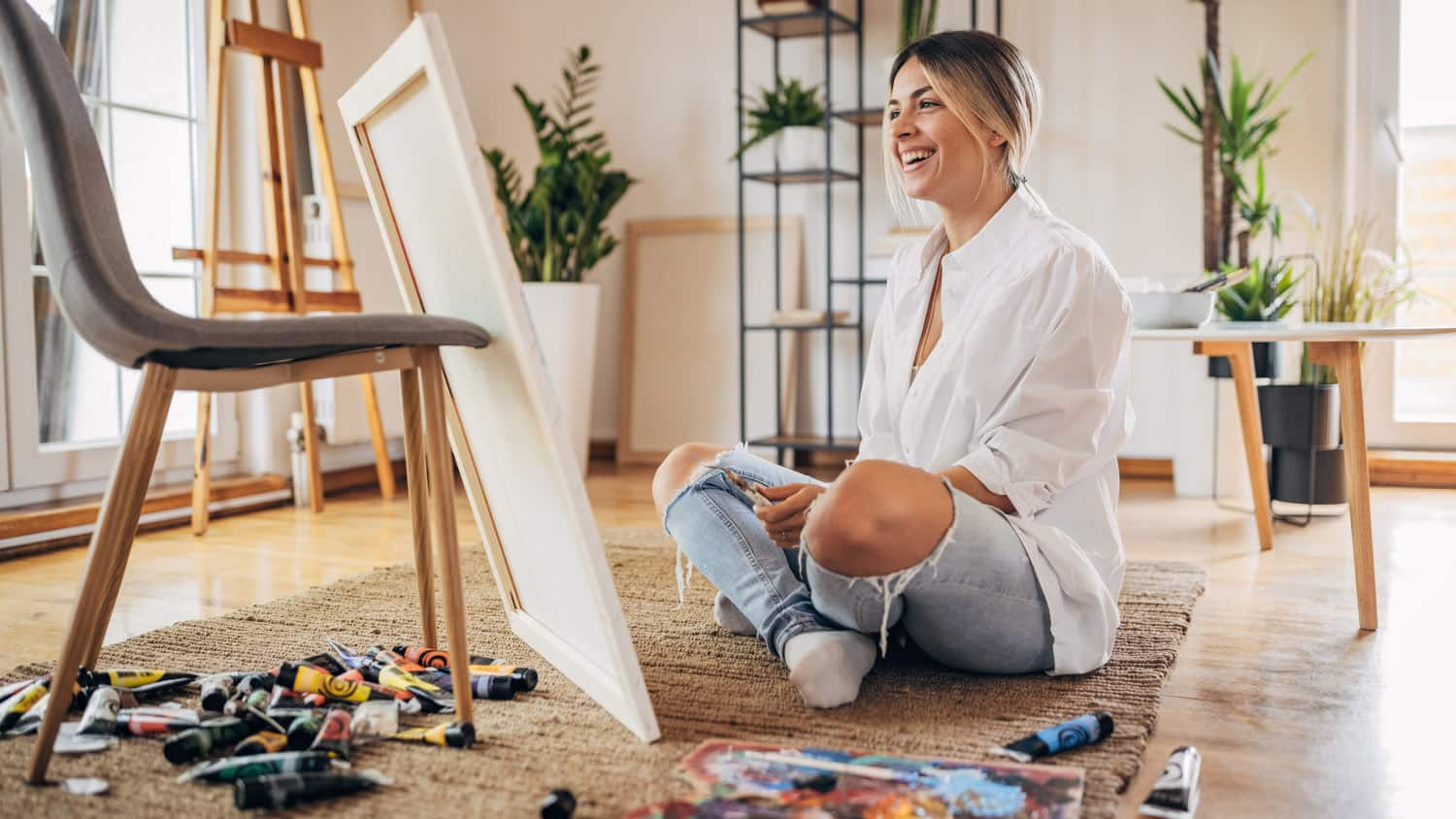
Understanding the Type of Paint
Before attempting to remove wall paint from your carpet, it’s essential to identify the type of paint you’re dealing with. Water-based paints, such as latex or acrylic, are the most common and can usually be removed with water and detergent. However, oil-based paints require a different approach and may require solvents for effective removal. Check the paint can or consult the manufacturer’s instructions to determine the type of paint used.
Act Quickly
The key to successfully removing wall paint from carpet is to act quickly. As soon as the spill occurs, grab some paper towels or a clean cloth and blot the area gently to absorb as much paint as possible. Avoid rubbing or scrubbing, as this can spread the paint further into the carpet fibers and make it more challenging to remove.
Water-Based Paint Removal For water-based paint spills, follow these steps:
- Blot the Spill: Use paper towels or a clean cloth to blot the ombre paint wall, absorbing as much liquid as possible.
- Dilute with Water: Mix a small amount of dish soap with warm water and apply it to the stained area. Use a sponge or cloth to gently blot the paint, working from the outside of the stain towards the center.
- Rinse with Water: Once the paint has lifted, rinse the area with clean water to remove any soap residue.
- Dry Thoroughly: Use a clean towel to blot the area dry, then allow it to air dry completely.
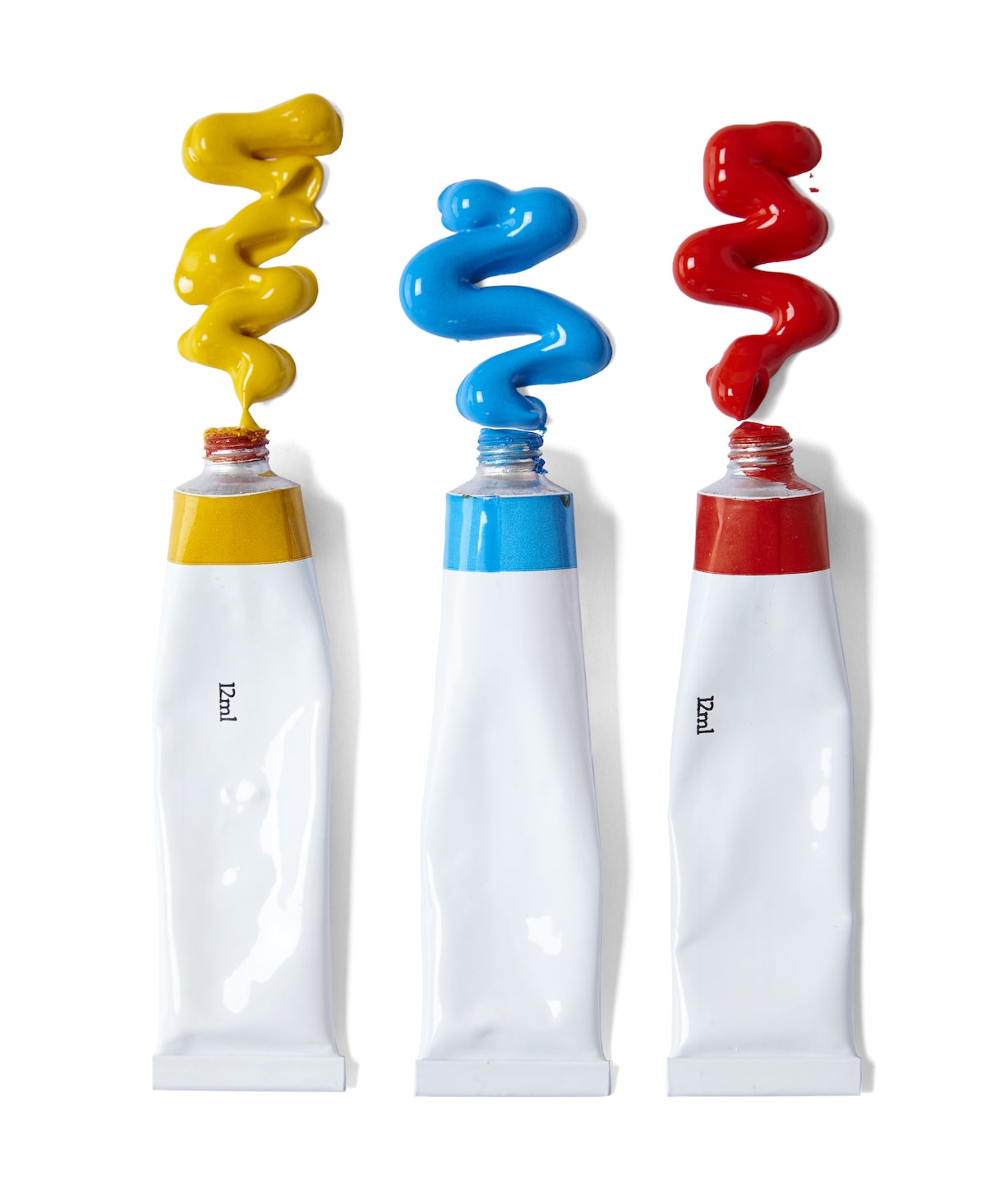
Oil-Based Paint Removal For oil-based paint spills, try the following method:
- Blot the Spill: Immediately blot the paint spill with paper towels or a clean cloth to remove as much paint as possible.
- Use a Solvent: Apply a small amount of paint thinner or rubbing alcohol to a clean cloth and gently dab the stained area. Be sure to test the solvent on a small, inconspicuous area of the carpet first to ensure compatibility.
- Blot with Water: Once the paint has softened, blot the area with a cloth dampened with warm water to lift the paint and solvent.
- Dry Thoroughly: After removing the wall paint, blot the area dry with a clean towel and allow it to air dry completely.
Precautions and Tips
- Always test any cleaning solution or solvent on a small, inconspicuous area of the carpet before applying it to the stained area.
- Avoid using harsh chemicals or abrasive cleaners, as they can damage the carpet fibers.
- For stubborn stains, consider seeking professional carpet cleaning services for expert assistance.
- Promptly clean up any spills or accidents to prevent them from setting into the carpet fibers.
Things to note when using wall paint
Painting a room can transform its appearance and create a fresh, inviting atmosphere. However, achieving professional-looking results requires careful preparation, proper technique, and attention to detail.
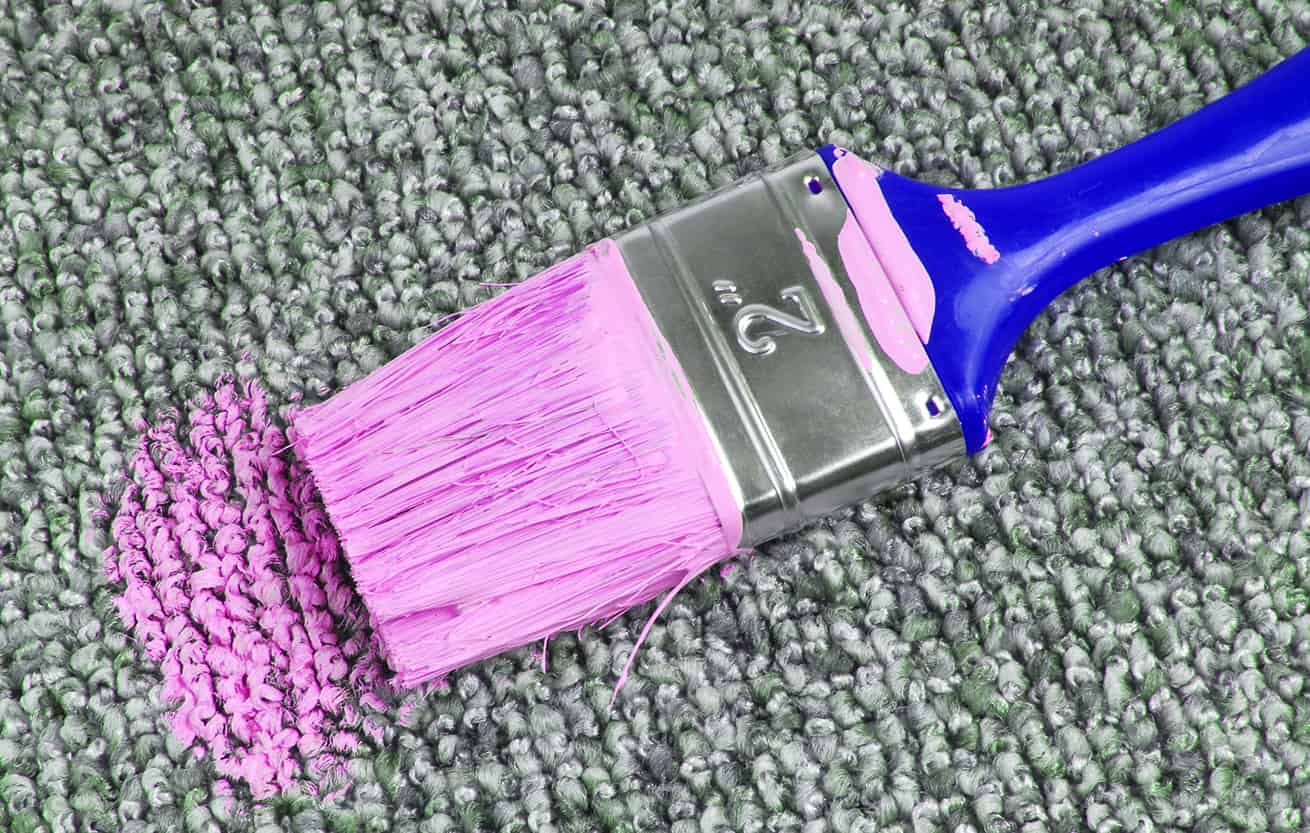
Preparation is Key
Before diving into your painting project, thorough preparation is essential for success. Here are some key steps to follow:
- Clean the Surfaces: Remove any dirt, dust, or grease from the walls using a mild detergent and water. Allow the walls to dry completely before proceeding.
- Repair Imperfections: Fill in any holes, cracks, or dents in the walls with spackling compound or joint compound. Sand the patched areas smooth once they’re dry to create a seamless surface.
- Protect the Surroundings: Cover floors, furniture, and any other surfaces you want to protect with drop cloths or plastic sheeting. Use painter’s tape to mask off trim, windows, and other areas you don’t want to paint.
- Prime the Walls (If Necessary): If you’re painting over a dark or uneven surface, or if you’re using a drastic color change, consider applying a coat of primer to help the easy wall paint adhere better and achieve a more uniform finish.
Choosing the Right Paint
Selecting the right type and sheen of paint is crucial for achieving the desired results. Consider the following factors when choosing paint:
- Paint Type: There are two main types of interior paint: latex (water-based) and oil-based (alkyd). Latex paints are easy to clean up with water, dry quickly, and emit fewer fumes. Oil-based paints provide a durable finish and are ideal for high-traffic areas but require mineral spirits for cleanup.
- Sheen: Paint sheen refers to the level of glossiness or shine in the finish. Common sheen options include flat/matte, eggshell, satin, semi-gloss, and high-gloss. Choose a sheen based on the desired aesthetic and the practical needs of the space (e.g., higher sheens are more durable and easier to clean).
- Color Selection: Take into account factors such as lighting, room size, and existing décor when choosing paint colors. Consider testing paint samples on the wall to see how they look in different lighting conditions before making your final decision.
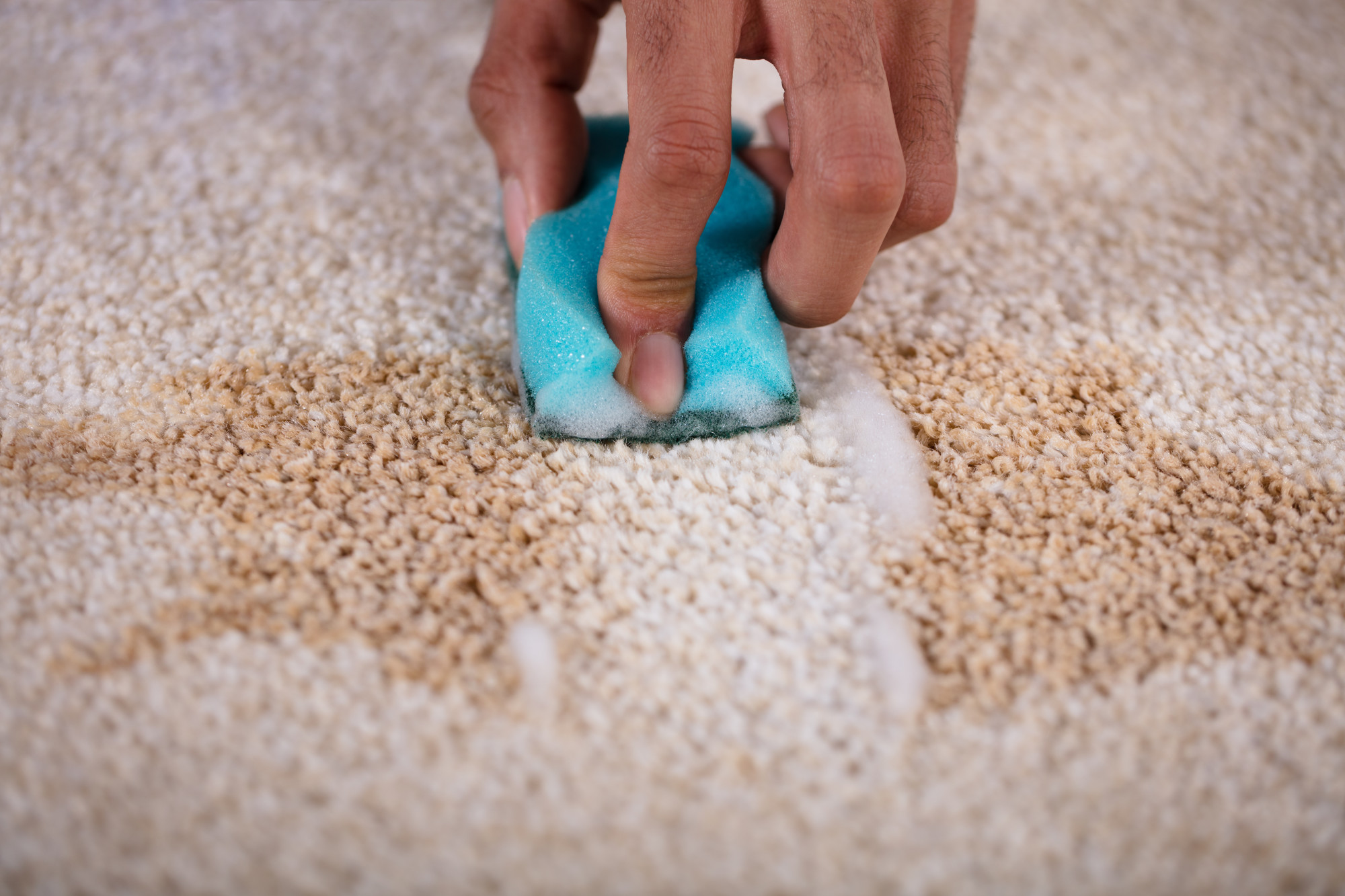
Proper Application Techniques
Once you’ve prepared the surfaces and selected your paint, it’s time to start painting. Follow these tips for successful application:
- Use Quality Brushes and Rollers: Invest in high-quality paint brushes and rollers to achieve smooth, even coverage. Cheap brushes and rollers can leave behind streaks and bristle marks.
- Cut In First: Begin by “cutting in” around the edges of the walls, ceiling, and trim with a brush before using a roller. This will create crisp, clean lines and make the rolling process more efficient.
- Apply Paint Evenly: When using a roller, apply paint in a “W” or “M” shape to distribute the paint evenly across the surface. Avoid pressing too hard, which can create roller marks, and work in small sections to maintain a wet edge.
- Allow for Sufficient Drying Time: Follow the manufacturer’s instructions for drying times between coats, and avoid applying additional coats until the previous coat is fully dry. Proper drying time ensures optimal adhesion and prevents paint from cracking or peeling.
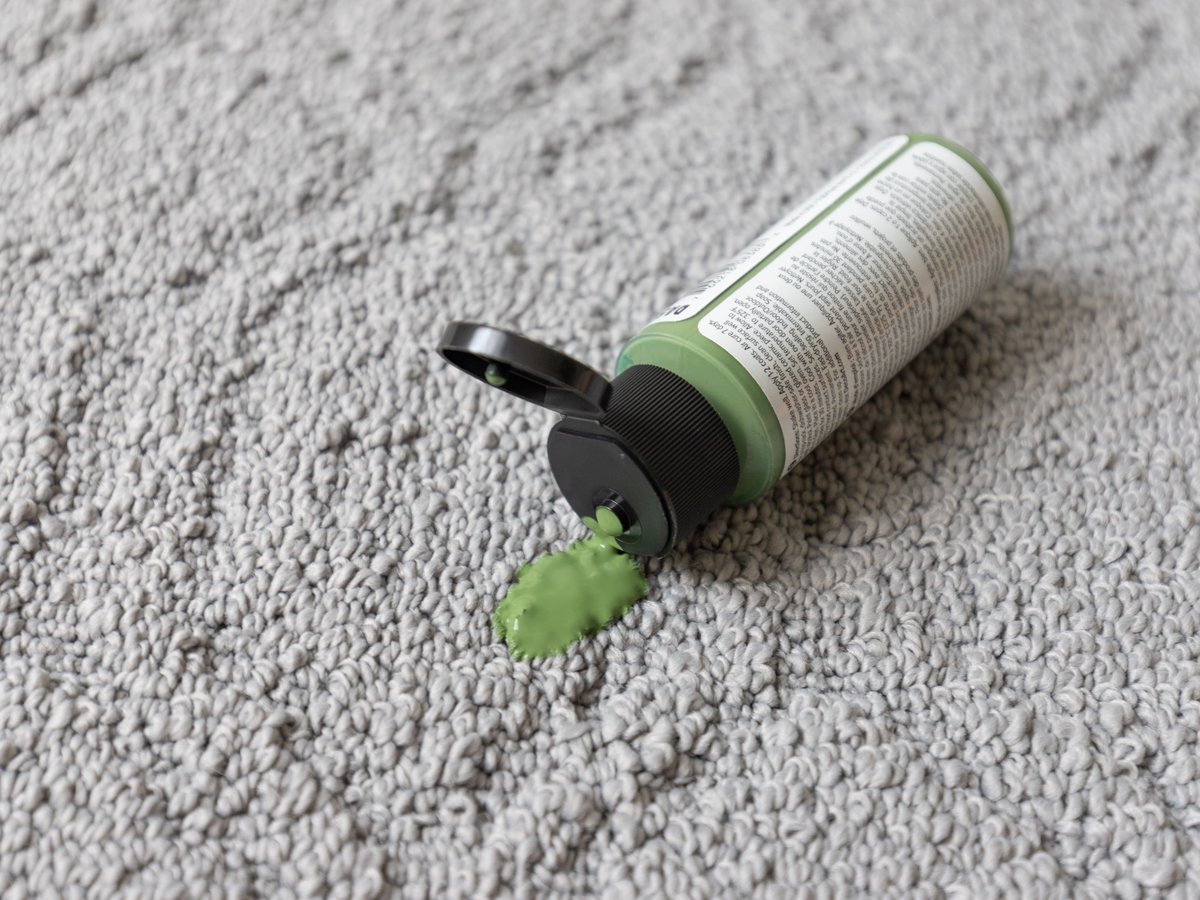
Conclusion
Removing wall paint from carpet may seem like a daunting task, but with the right techniques and tools, it can be done effectively. By acting quickly, identifying the type of paint, and using appropriate cleaning methods, you can successfully restore your carpet to its original condition. Remember to exercise caution, test cleaning solutions beforehand, and seek professional assistance if needed. With patience and diligence, you can tackle even the toughest paint spills and enjoy a clean and fresh-looking carpet once again.
